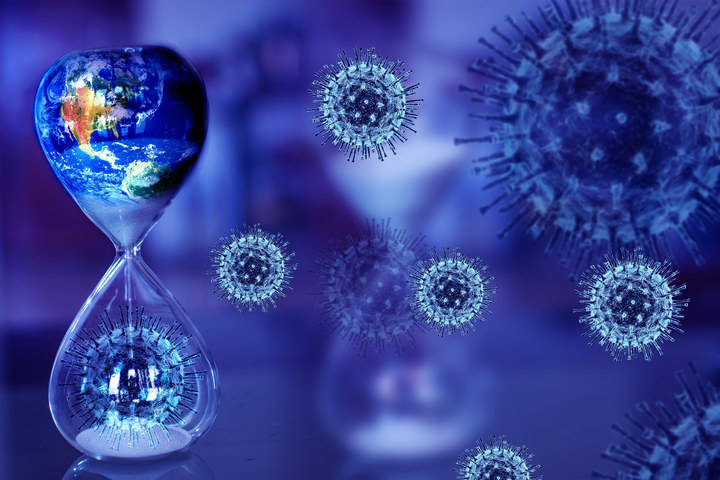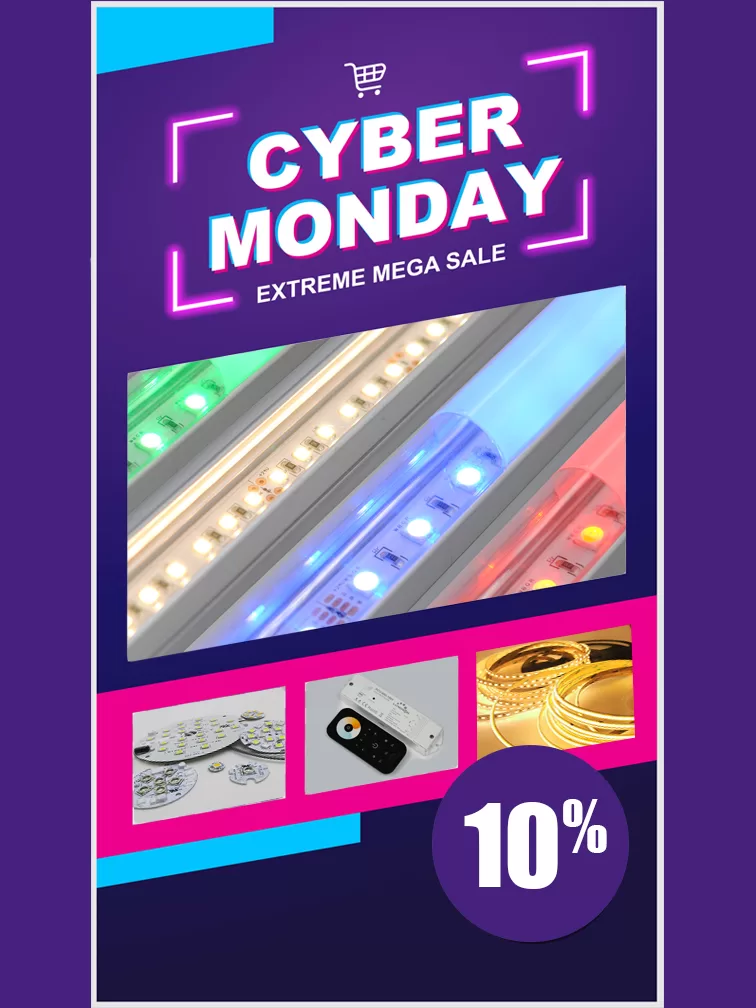The pandemic created a surge in germicidal solution-seeking, but lighting for general human health remained a focus for commercial enterprises and researchers alike.
Carrie Meadows
Dec 11th, 2020
It should surprise no one that the analytics of our lighting for health & wellbeing channel revealed that the most-read articles of 2020 presented both scientific and commercial advances in ultraviolet (UV) technology for germicidal irradiation. Whether based on LEDs or other light sources, UVGI has, to many, represented an enormous business opportunity while also creating an incredible demand for responsible distribution of reliable, research-backed information.
1. Osram, like Signify, is ramping up conventional UV-C lamps to fight Covid
Our Mark Halper learned back in June that the world’s second-largest lighting company (still at the time of this writing – the future remains to be determined post-acquisition by ams) was increasing its production of conventional mercury-vapor-based UV-C (254-nm) sources that were demonstrated to be effective in deactivating the coronavirus that causes COVID-19.
2. Boston University validates Signify UV-C for coronavirus deactivation
The university’s National Emerging Infectious Diseases Laboratories (NEIDL) exposed materials containing the SARS-CoV-2 virus to a UV-C tube lamp from Signify and found that a dose of 5 mJ/cm2 reduced the amount of detectable virus by 99% in 6 seconds. Signify provided its mercury-vapor lamps for the study, and planned to make its technology available to other lighting manufacturers.
3. LRC studies the use of UV-A LED lighting to disinfect a hospital room
The most commonly reported wavelength range for UVGI has been the UV-C range, which covers 100 to 280 nm, with scientists noting the most effective wavelengths for near-instantaneous disinfection to fall between 254‒260 nm. But in February, scientists from the Lighting Research Center (LRC) at Rensselaer Polytechnic Institute reported findings from a trial with UV-A LED luminaires by GE Current. Designed to test effectiveness against potential hospital-acquired infections (HAIs), the LRC determined that exposure in the 350-to-380-nm range would be safe for humans present over the period required to kill target pathogens. But the UV energy did damage surfaces and fabrics in the rooms.
4. Signify readies a wide family of UV-C lights for coronavirus frontline
Signify’s an announcement to the industry that it would dedicate a number of resources to meet a “surging demand for disinfection,” according to Digital Solutions division head Harsh Chitale, reiterated CEO Eric Rondolat’s position that LED technologies would not be effective in germicidal applications from a cost and power requirement perspective in the immediate term.
Not all of the most popular health & wellbeing content was driven by the concern about exposure to pathogens, however, so I’ve extended our list to several additional stories. Over the course of the year, advances in commercial products that can deliver a lighting experience more in line with that of the natural day/night cycle began to support the notion that improvements in the built environment to enhance worker productivity and comfort should no longer be considered a luxury but a necessity to achieve both sustainability and wellness. And a possible LED light treatment for brain injury also warranted a second look.
5. LEDvance announces LED lamps with natural light
A broad set of frosted and clear filament lamps from LEDvance has a spectral power distribution that more closely mimics incandescent performance or what the company calls natural light.
6. Signify builds sensors into a snap-in bundle for luminaires, targeting office health
The company adds new and existing capabilities including desk-level temperature, people count, noise, and others, in optional wireless and PoE formats.
7. Blue-light study shows promise in healing mild TBI
A new research study by the University of Arizona finds a reason to hope that blue light may help in healing mild traumatic brain injury (mTBI), also known as concussion.


